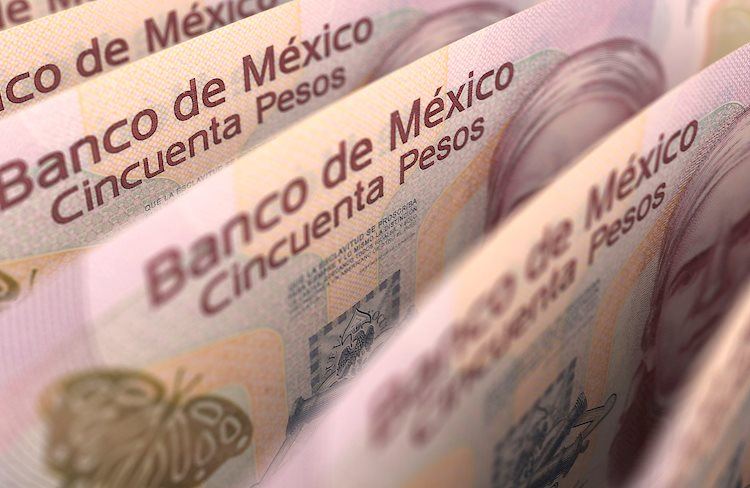The Mexican Peso is currently trading lower in key pairs due to risk aversion stemming from escalating conflicts in the Middle East. Additionally, carry-trade outflows, driven by a strengthening Japanese Yen, are further impacting the Peso. Technically, the USD/MXN pair is showing a pullback within a rising channel.
On Friday, the Mexican Peso experienced a temporary recovery following a speech by Federal Reserve Chairman Jerome Powell at the Jackson Hole banking symposium. Powell confirmed that the Fed would be cutting interest rates due to a noted slowdown in the US labor market. This caused the US Dollar to weaken in its pairs, resulting in the Peso gaining over two percent.
Despite the temporary rally, the Mexican Peso remains in a downtrend and ended the week substantially weaker in its key pairs. Factors such as cooler-than-expected Mexican inflation data for August, weaker retail sales in July, and concerns about proposed changes to the Mexican constitution by the government are contributing to the currency’s weakness.
The carry trade, which previously benefited the Peso through high inflows of foreign capital, is now unwinding. Traders are shifting away from the carry trade due to the Japanese Yen’s upward trend and the Peso’s depreciation. The relatively high interest rates set by the Banco de Mexico have historically made the Peso an attractive option for the carry trade.
Technical analysis of the USD/MXN pair shows a broad uptrend within a rising channel, favoring long positions. However, recent declines have clouded the short-term trend, leading to uncertainty. There is a potential for further weakness, with a break below 19.00 confirming a downside movement. Medium and longer-term trends suggest a bullish outlook, potentially driving a recovery towards the channel highs at around 20.50.
In conclusion, the Mexican Peso is facing challenges from escalating geopolitical conflicts, carry-trade outflows, and economic indicators. Despite recent recoveries, the Peso remains in a downtrend, and further developments in global markets will continue to impact its performance. Traders will need to closely monitor key factors such as interest rate decisions, economic data releases, and geopolitical events to navigate the fluctuations in the Mexican Peso’s value.











